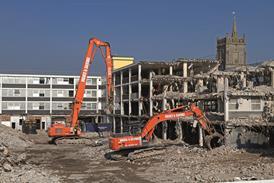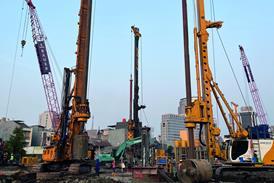- News

All the latest updates on building safety reformRegulations latest
- Focus
- Comment
 We need more than warm words if we want to save the high street
We need more than warm words if we want to save the high street Barratt Supreme Court ruling highlights what the government should have done after Grenfell
Barratt Supreme Court ruling highlights what the government should have done after Grenfell How landmark Supreme Court ruling clarifies liability and limitation on building safety
How landmark Supreme Court ruling clarifies liability and limitation on building safety Construction claims over sinkholes and landslips are on the rise
Construction claims over sinkholes and landslips are on the rise
- Events
- CPD
- Building the Future
- Jobs
- Data
- Subscribe
- Building Boardroom
Close menu
- Home
- News
- Focus
- Comment
- Events
- CPD
- Building the Future
- Jobs
- Data
- Subscribe
- Building Boardroom
Using cordless sensors in building services systems
By Liam Roche Ken Bromley Malcolm Clapp 1999-01-01T00:00:00
Cordless sensors require no power or signal cables, offering lower system costs while making installation and refurbishment far less disruptive. But what is their real potential for use in the buildings of tomorrow?
Already registered? Login here
To continue enjoying Building.co.uk, sign up for free guest access
Existing subscriber? LOGIN
Stay at the forefront of thought leadership with news and analysis from award-winning journalists. Enjoy company features, CEO interviews, architectural reviews, technical project know-how and the latest innovations.
- Limited access to building.co.uk
- Breaking industry news as it happens
- Breaking, daily and weekly e-newsletters
Get your free guest access SIGN UP TODAY

Subscribe now for unlimited access
Subscribe to Building today and you will benefit from:
- Unlimited access to all stories including expert analysis and comment from industry leaders
- Our league tables, cost models and economics data
- Our online archive of over 10,000 articles
- Building magazine digital editions
- Building magazine print editions
- Printed/digital supplements
Subscribe now for unlimited access.
View our subscription options and join our community













